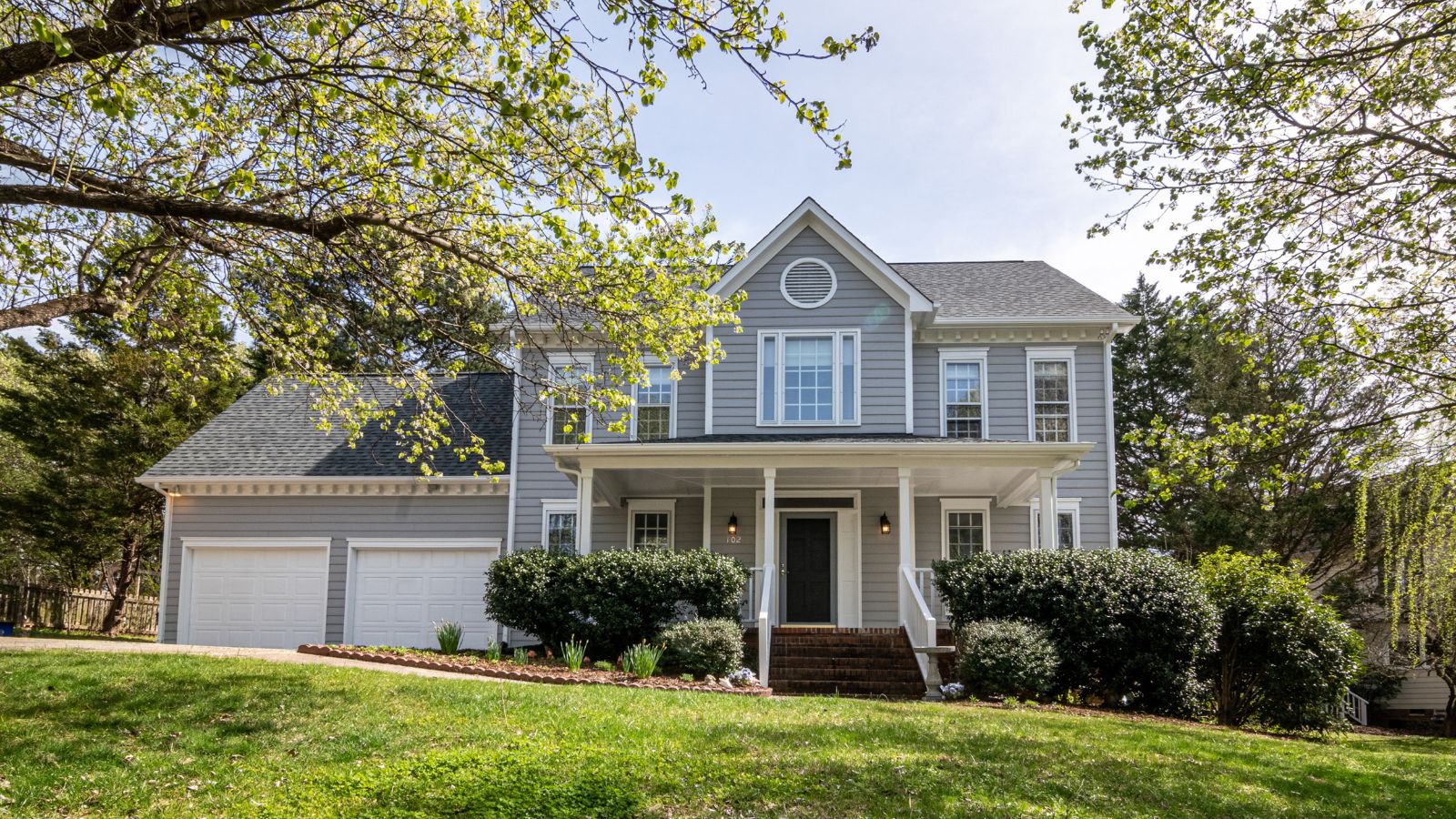In the bustling world of real estate, property management stands as a crucial pillar. But what keeps this pillar sturdy and efficient? The answer lies in regular repairs and maintenance. It’s a topic often overlooked, yet it holds the key to property longevity, value, and tenant satisfaction.
Navigating the labyrinth of property management repairs and maintenance can be daunting. But fear not, this article aims to shine a light on this essential aspect. From understanding its importance to mastering its execution, we’ll take a deep dive into the world of property upkeep.
Property Management Repairs and Maintenance
Maintenance draws a line in property management, distinguishing a thriving property from one in decline. Every property manager bears the responsibility of maintaining properties under their care. Tasks vary from regular landscape grooming to organising scheduled inspections. They monitor property health to detect potential problems early. For example, they deal with roof leaks by proactively scheduling roof inspections.
Identifying necessary systems for maintenance is central to their role. Take heating and cooling systems as an example. Regular servicing of these systems guarantees functionality and prevents costly repairs, lengthening their longevity. In addition, addressing concerns like plumbing, electrical, and even pest control, property managers keep properties at their prime, ensuring tenant satisfaction and protecting the property’s market value.
Differentiating Repairs from Maintenance
The terms “repairs” and “maintenance” may seem synonymous in property management but embody different actions. Understanding these variations determines how property managers strategize their approach to property care.
Maintenance signifies preventative action, it’s the regular tasks aimed to keep a property at optimal condition. It includes activities such as mowing the lawn, cleaning common areas, or servicing HVAC systems. For instance, regular pest control treatments prevent pest infestations.
Repairs, in contrast, refer to actions rectifying specific issues that break down. Felt in instances like broken appliances or structural damages or repairs restore such failures back to normal or proper functioning. For example, fixing a broken water pipe falls under repairs.
 Common Challenges in Property Management Repairs
Common Challenges in Property Management Repairs
Property management repairs prove to be a demanding task, often peppered with unforeseen challenges. From emergency repairs to regular maintenance, the endeavours of property managers remain tireless. Delving into the major challenges they commonly face can provide further insights into the sector.
Dealing with Urgent Repair Requests
Property managers often grapple with emergencies. Burst pipes, heating system failures, and electrical issues, among others, demand immediate attention. These urgencies may arise at any hour, complicating the property manager’s schedule. Additionally, tenants depend on quick responses and immediate action. This creates a pressure-cooker environment for property managers, which increases the importance of efficient handling and resolution of issues. Thus, the urgency of repair requests stands as a common challenge in property management.
Maintaining a Consistent Maintenance Schedule
Implementing a consistent maintenance schedule also poses a problem for property managers. Due to the varying nature of the properties and their individual needs, it’s difficult to streamline a maintenance plan. For example, a vintage property may require frequent upkeep, whereas a modern apartment might demand less regular attention. Some tasks require weekly attention, like landscaping, while other tasks, like gutter cleaning, require semi-annual maintenance.
Best Practices for Handling Repairs and Maintenance
Capitalising on best practices for handling repairs and maintenance in property management isn’t just a matter of good strategy. Instead, it solidifies tenant satisfaction, boosts property values, and ensures longevity. In this part of the discussion, we’ll delve into a few notable methods that are crucial for ensuring effectiveness and efficiency.
Prioritising Repairs Based on Urgency
When an unexpected repair request rears its head, consider the urgency before acting. Not all repairs call for immediate action. For instance, a leaky faucet might cause inconvenience, but a busted water line poses a risk to the property’s structural integrity and requires prompt attention. In such thrown-together instances, a property manager classifies repairs into categories like ‘critical’, ‘urgent’, and ‘non-urgent’. Critical repairs, like electrical faults or plumbing issues pose a significant safety or health risk and then demands immediate attention.